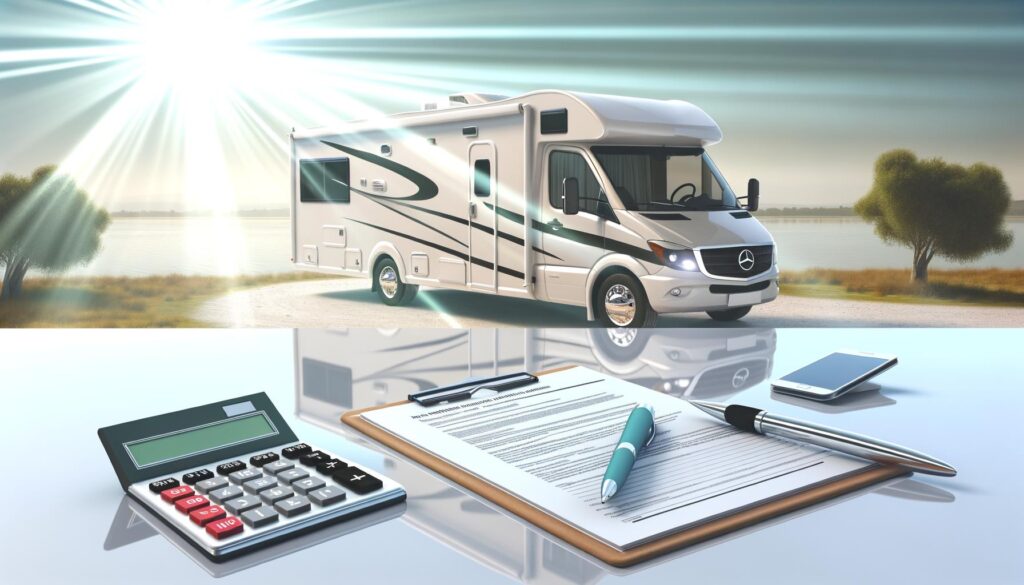Exploring Zero Down Payment Options
The concept of zero down payment financing is enticing for many RV buyers. It allows buyers to take home their dream RV without an initial cash burden. However, it is essential to assess the implications of zero down financing thoroughly. Typically, this option might result in higher monthly payments or longer loan terms. The Zero Down Payment RV Guide teaches how to weigh these factors. Additionally, zero down payment options often require buyers to have strong credit scores. Lenders might be wary of offering such opportunities to those with lower credit ratings due to increased risks. Therefore, before opting for a zero down plan, review your credit history and improve it if necessary. A well-informed choice can lead you to an optimal financing solution, eliminating unnecessary stress down the road.
Creating Your Payment Plan
Designing a personalized payment plan is a strategic element in your RV purchase journey. Once you have chosen an RV and a financing method, determining a payment strategy that aligns with your budget is crucial. Begin by calculating a comfortable monthly payment. Consider all potential expenses, including insurance, maintenance, and additional equipment, when crafting your payment guide. A comprehensive Recreational Vehicles Payment Guide will provide a foundation for effectively managing your finances. Additionally, strive for early payments or extra contributions towards your loan whenever possible. This approach can reduce interest over time and shorten loan terms, ultimately saving you money.
Evaluating Lender Options
Choosing the right lender can make a significant difference in your RV ownership experience. Various financial institutions offer RV loans, each with different terms and conditions. Banks, credit unions, and online lenders are popular choices, and each has distinct advantages. Banks often provide the convenience of integrated banking services and may offer bundled deals if you maintain accounts with them. Credit unions, on the other hand, are known for offering competitive rates and a personalized customer experience. Exploring online lenders can be advantageous, as they often have streamlined processes and potentially lower interest rates. When selecting a lender, compare interest rates, loan terms, and customer reviews to ensure you make a well-rounded decision suitable for your needs.
The Role of Insurance in RV Financing
Insurance plays a pivotal role in the financing and overall ownership of your RV. It’s imperative to understand that RV insurance requirements differ from traditional auto policies due to the dual nature of recreational vehicles as both a mode of transportation and a temporary residence. A comprehensive insurance plan is essential for protecting your investment. Basic coverage typically includes collision, liability, and comprehensive insurance, but you might also consider adding specialized policies. These additional policies could cover personal effects, emergency expenses, or roadside assistance. By incorporating insurance costs into your Recreational Vehicles Payment Guide, you can ensure a holistic financial plan that covers all aspects of ownership, providing peace of mind and readiness for any unforeseen circumstances.

